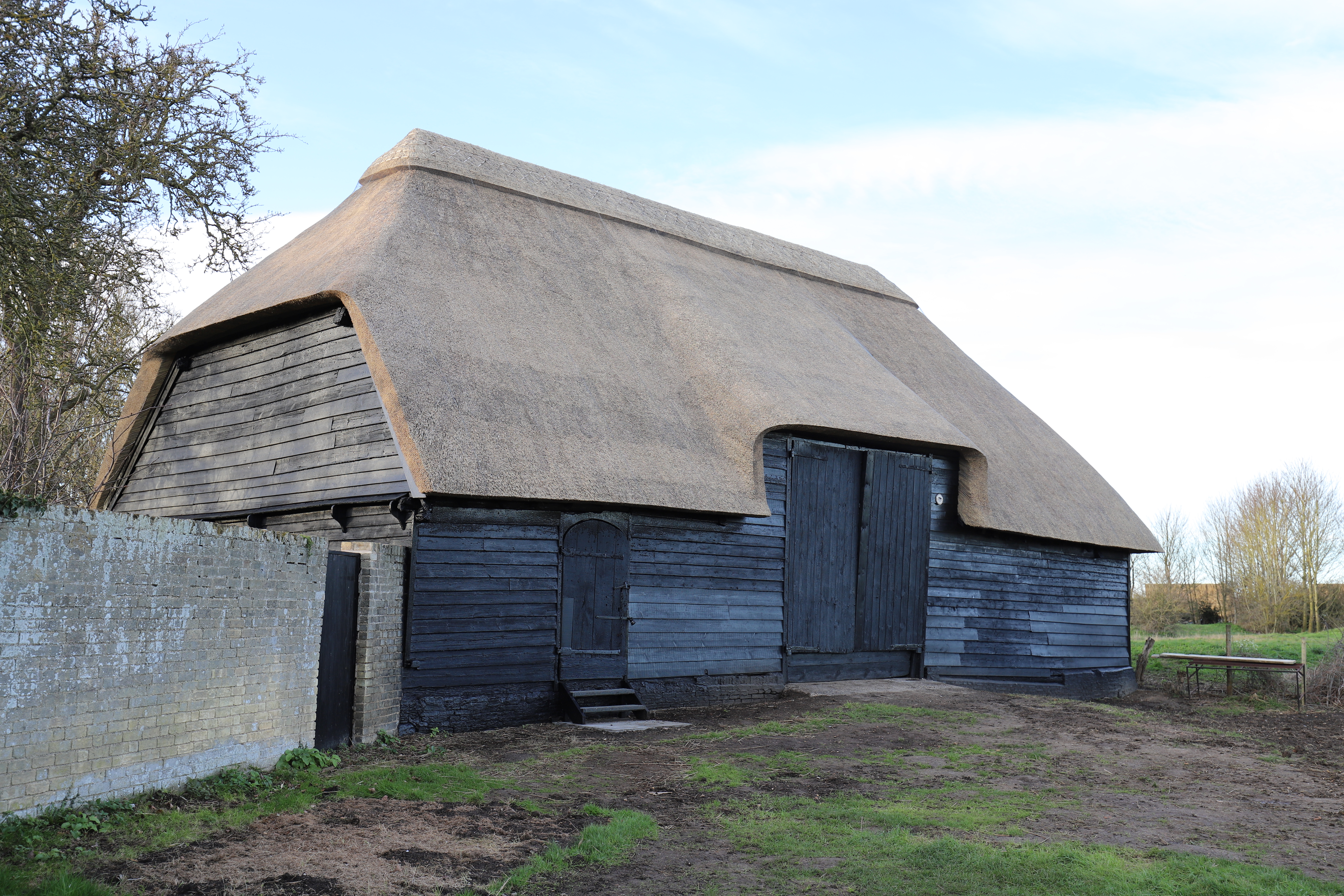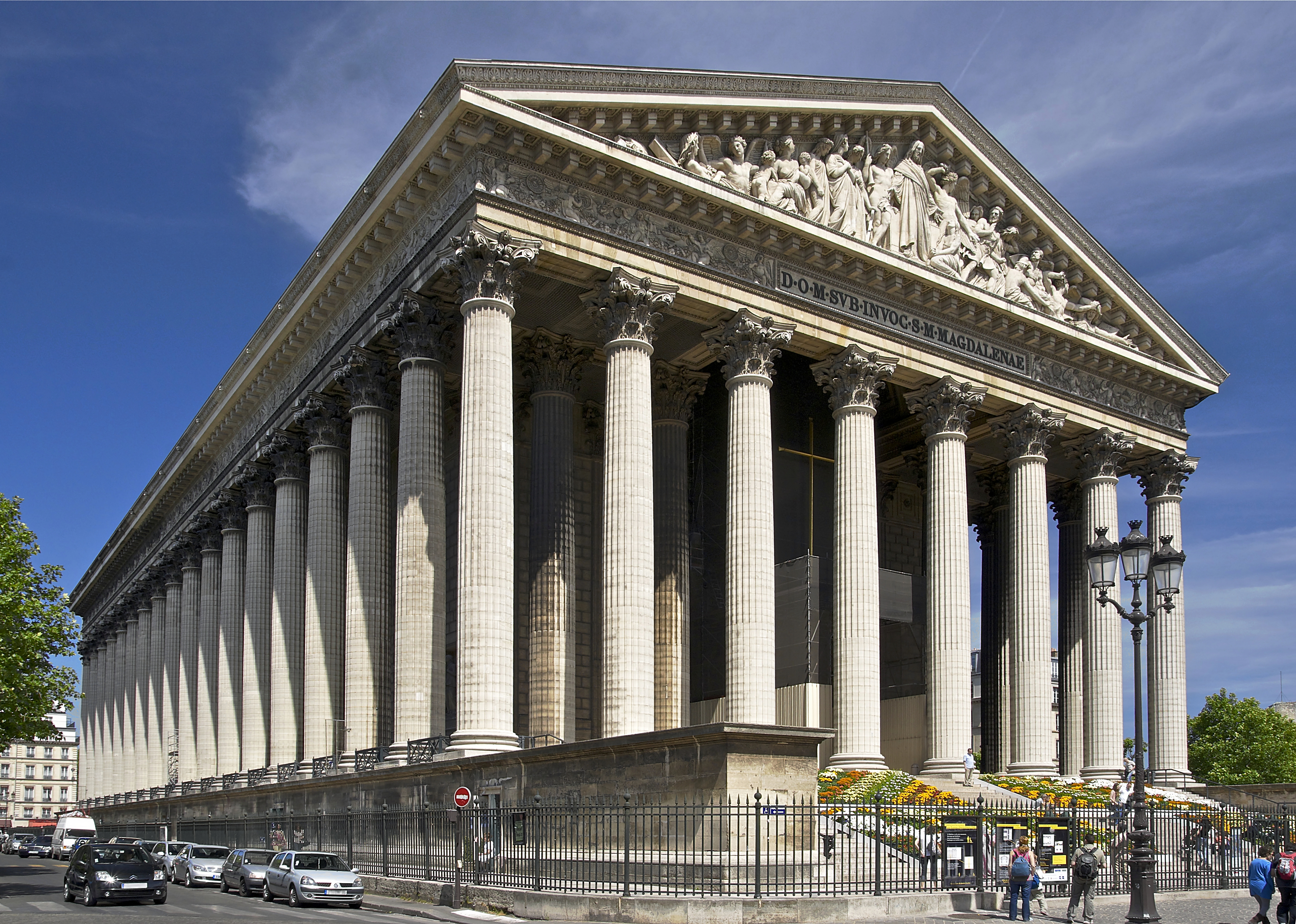|
Landbeach
Landbeach is a small fen-edge English village about three miles (5 km) north of Cambridge. The parish covers an area of . History The fen edge north of Cambridge was well populated in Roman times, and the village's situation on a Roman road will have helped its growth. The road, Akeman Street, which once joined Ely to London, passes close to the village from north to south. Car Dyke, the Roman drainage canal known locally as the Tilling, also runs through the village and in medieval times marked the boundary between the marshes of Landbeach and neighbouring Waterbeach. Drainage of the parish was not completed until the 18th century, and for much of the year large areas of the parish were inundated. The village was listed as ''Utbech'' ("out bec") in the Domesday Book of 1086, and in the 13th and 14th centuries was occasionally referred to as ''Inbech'' ("in bec"). The original meaning of the "beach" part of the names is not universally agreed. One theory invokes the Anglo Sa ... [...More Info...] [...Related Items...] OR: [Wikipedia] [Google] [Baidu] |
Akeman Street (Cambridgeshire)
Akeman Street is the name given to a Roman road in eastern England that runs from Cambridgeshire to the north coast of Norfolk. It is approximately long and runs roughly north-northeast. Akeman Street joined Ermine Street near Wimpole Hall, then ran northeast to the settlement at Durolipons (now Cambridge), where it crossed a Roman road now known as the Via Devana. Within north Cambridge, the road followed the present-day Stretten Avenue, Carlton Way and Mere Way running northeast past Landbeach before joining the present A10 and on towards Ely and The Fens. It then reached Denver and the coast at Brancaster. The road was constructed on top of an earlier trackway some time in the 2nd Century CE, or later, and it has been speculated that it was part of the creation of an imperial estate under Hadrian. See also * Akeman Street * Roman roads in Britain Roman roads in Britannia were initially designed for military use, created by the Roman Army during the nearly fou ... [...More Info...] [...Related Items...] OR: [Wikipedia] [Google] [Baidu] |
Tithe Barn
A tithe barn was a type of barn used in much of northern Europe in the Middle Ages for storing rents and tithes. Farmers were required to give one-tenth of their produce to the established church. Tithe barns were usually associated with the village church or rectory, and independent farmers took their tithes there. The village priests did not have to pay tithes—the purpose of the tithe being their support. Some operated their own farms anyway. The former church property has sometimes been converted to village greens. Many were monastic barns, originally used by the monastery itself or by a monastic grange. The word 'grange' is (indirectly) derived from Latin (' granary'). Identical barns were found on royal domains and country estates. The medieval aisled barn was developed in the 12th and 13th centuries, following the examples of royal halls, hospitals and market halls. Its predecessors included Roman horrea and Neolithic long houses. According to English Heritage, ... [...More Info...] [...Related Items...] OR: [Wikipedia] [Google] [Baidu] |
South Cambridgeshire
South Cambridgeshire is a local government district of Cambridgeshire, England, with a population of 162,119 at the 2021 census. It was formed on 1 April 1974 by the merger of Chesterton Rural District and South Cambridgeshire Rural District. It completely surrounds the city of Cambridge, which is administered separately from the district by Cambridge City Council. ''Southern Cambridgeshire'', including both the district of South Cambridgeshire and the city of Cambridge, has a population of over 281,000 (including students) and an area of 1,017.28 km square. On the abolition of South Herefordshire and Hereford districts to form the unitary Herefordshire in 1998, South Cambridgeshire became the only English district to completely encircle another. The district's coat of arms contains a tangential reference to the coat of arms of the University of Cambridge by way of the coat of arms of Cambridge suburb Chesterton. The motto, , means "Not Without Work" (or effort) in ... [...More Info...] [...Related Items...] OR: [Wikipedia] [Google] [Baidu] |
Waterbeach
Waterbeach is an expanding village north of Cambridge on the edge of The Fens, in the South Cambridgeshire district of Cambridgeshire, England. It was designated a "new town" in 2018. History Early periods Waterbeach is on the Car Dyke, a Roman waterway traceable as far as Lincoln. Archaeological work in 2020 found a seemingly Roman settlement on the north side of the village. Waterbeach appears in the 1086 Domesday Book as Vtbech. In the 12th century, the Knights Templar occupied Denny Abbey to the north of the village. The Abbey structures and the area immediately surrounding it are protected as a scheduled monument. The core historic buildings of Denny Abbey are open to the public and managed by the Farmland Museum. Waterbeach Abbey and a stretch of the Car Dyke, both on the southern side of the village, are also scheduled monuments. The attorney and parliamentarian John Yaxley acquired an estate at Waterbeach by 1610 and resided in the village. He and Edward Aungier of ... [...More Info...] [...Related Items...] OR: [Wikipedia] [Google] [Baidu] |
The Fens
The Fens, also known as the , in eastern England are a naturally marshy region supporting a rich ecology and numerous species. Most of the fens were drained centuries ago, resulting in a flat, dry, low-lying agricultural region supported by a system of drainage channels and man-made rivers (Ditch, dykes and drains) and automated pumping stations. There have been unintended consequences to this reclamation, as the land level has continued to sink and the dykes have been built higher to protect it from flooding. Fen is the local term for an individual area of marshland or former marshland. It also designates the type of marsh typical of the area, which has pH, neutral or alkaline water and relatively large quantities of dissolved minerals, but few other plant nutrition, plant nutrients. The Fens are a National Character Area, based on their landscape, biodiversity, geodiversity and economic activity. The Fens lie inland of the Wash, and are an area of nearly in Lincolnshire, ... [...More Info...] [...Related Items...] OR: [Wikipedia] [Google] [Baidu] |
Historic England
Historic England (officially the Historic Buildings and Monuments Commission for England) is an executive non-departmental public body of the British Government sponsored by the Department for Digital, Culture, Media and Sport. It is tasked with protecting the historic environment of England by preserving and listing historic buildings, scheduling ancient monuments, registering historic Parks and Gardens and by advising central and local government. The body was officially created by the National Heritage Act 1983, and operated from April 1984 to April 2015 under the name of English Heritage. In 2015, following the changes to English Heritage's structure that moved the protection of the National Heritage Collection into the voluntary sector in the English Heritage Trust, the body that remained was rebranded as Historic England. The body also inherited the Historic England Archive from the old English Heritage, and projects linked to the archive such as Britain from Above ... [...More Info...] [...Related Items...] OR: [Wikipedia] [Google] [Baidu] |
Church (building)
A church, church building or church house is a building used for Christian worship services and other Christian religious activities. The earliest identified Christian church is a house church founded between 233 and 256. From the 11th through the 14th centuries, there was a wave of church construction in Western Europe. Sometimes, the word ''church'' is used by analogy for the buildings of other religions. ''Church'' is also used to describe the Christian religious community as a whole, or a body or an assembly of Christian believers around the world. In traditional Christian architecture, the plan view of a church often forms a Christian cross; the center aisle and seating representing the vertical beam with the bema and altar forming the horizontal. Towers or domes may inspire contemplation of the heavens. Modern churches have a variety of architectural styles and layouts. Some buildings designed for other purposes have been converted to churches, while many ori ... [...More Info...] [...Related Items...] OR: [Wikipedia] [Google] [Baidu] |
Public House
A pub (short for public house) is a kind of drinking establishment which is licensed to serve alcoholic drinks for consumption on the premises. The term ''public house'' first appeared in the United Kingdom in late 17th century, and was used to differentiate private houses from those which were, quite literally, open to the public as "alehouses", " taverns" and " inns". By Georgian times, the term had become common parlance, although taverns, as a distinct establishment, had largely ceased to exist by the beginning of the 19th century. Today, there is no strict definition, but CAMRA states a pub has four characteristics:GLA Economics, Closing time: London's public houses, 2017 # is open to the public without membership or residency # serves draught beer or cider without requiring food be consumed # has at least one indoor area not laid out for meals # allows drinks to be bought at a bar (i.e., not only table service) The history of pubs can be traced to Roman taverns ... [...More Info...] [...Related Items...] OR: [Wikipedia] [Google] [Baidu] |







